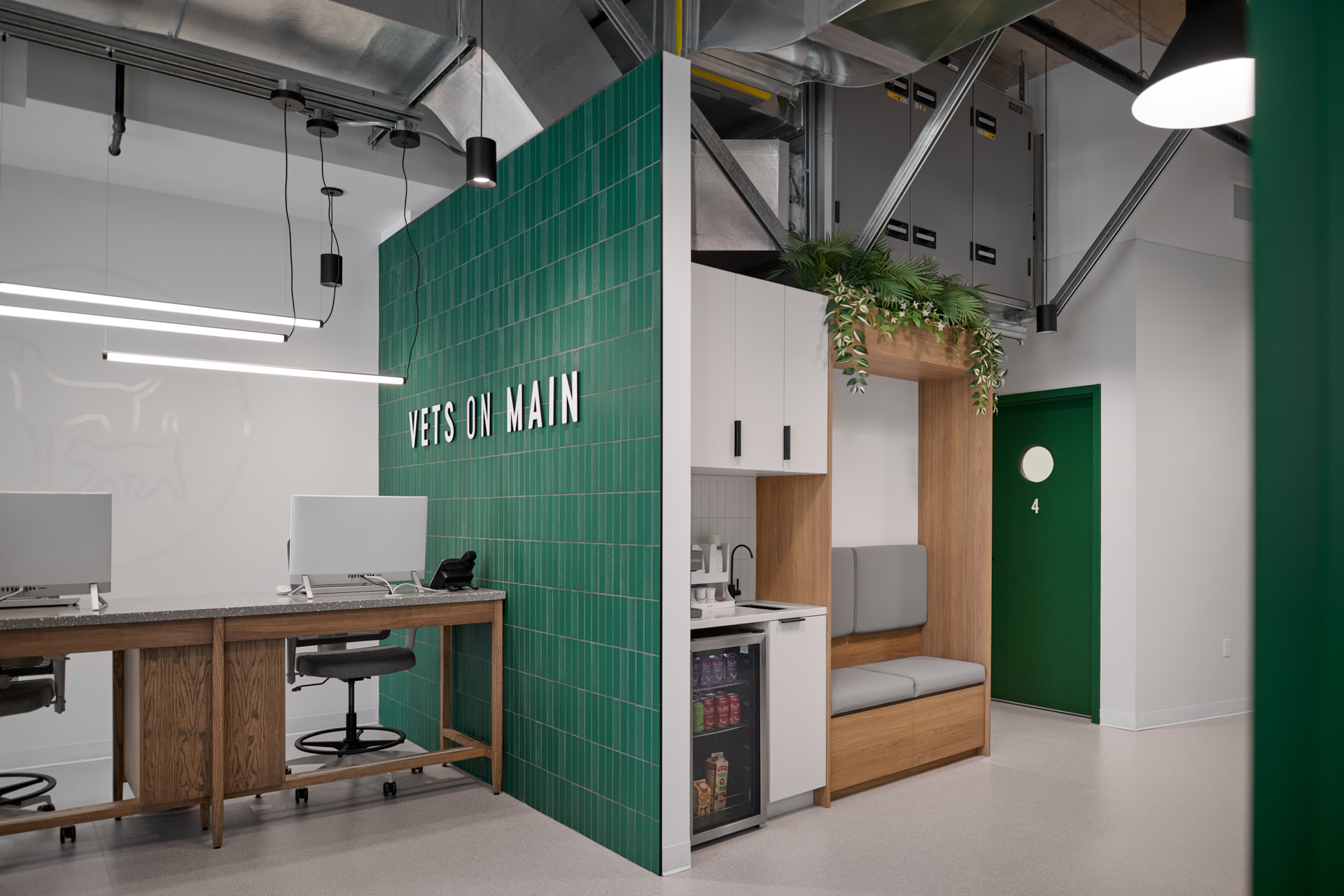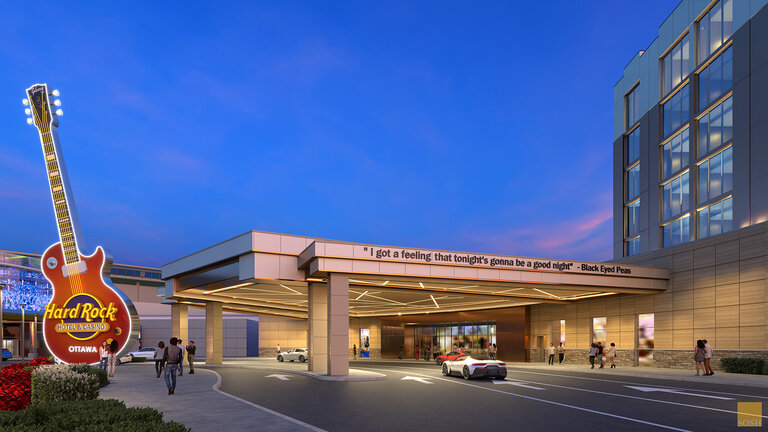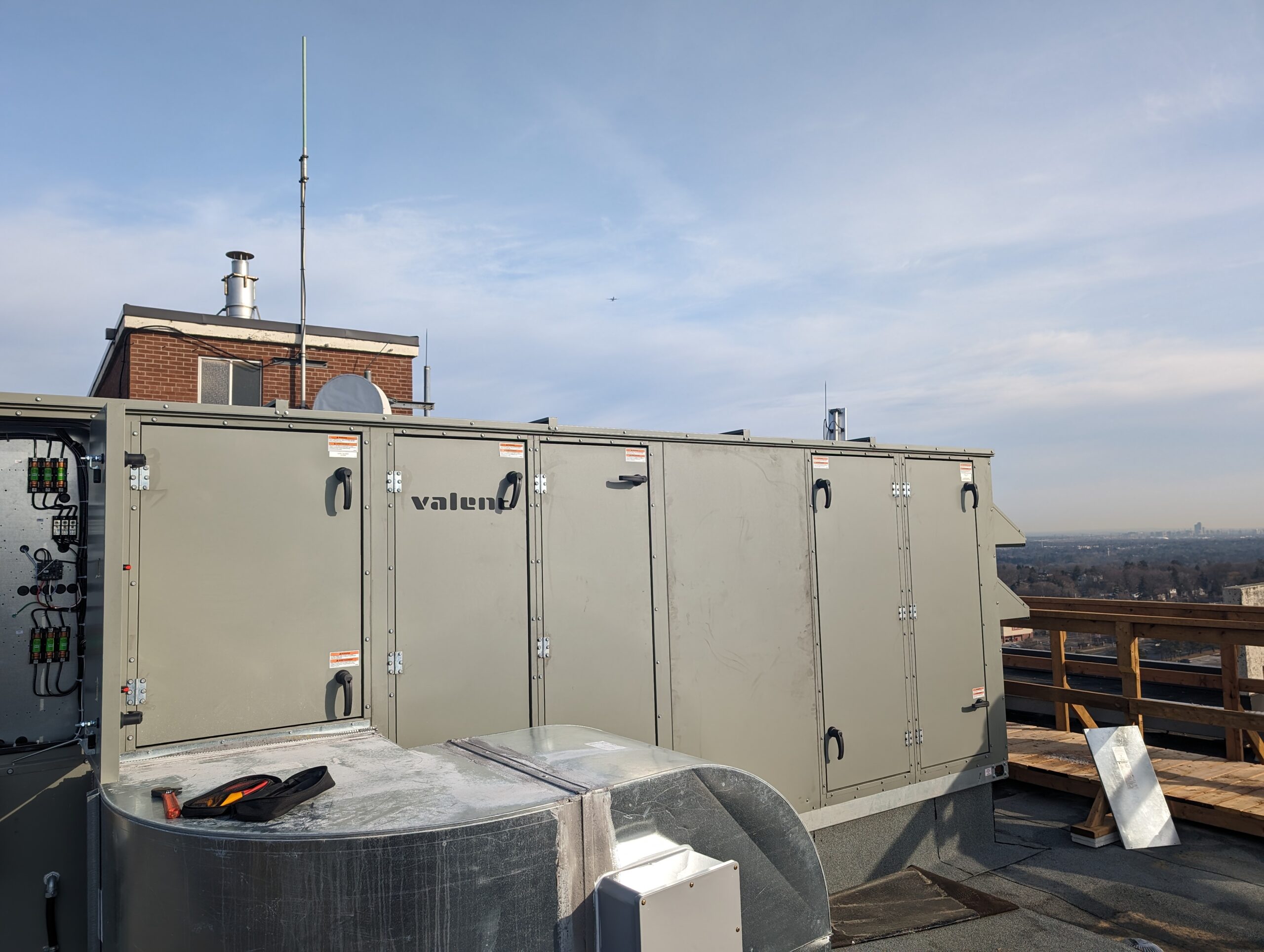Why Gas Detection Matters
There are two key reasons to incorporate gas detection into HVAC systems: life safety and property protection.
From a life safety standpoint, gas detection systems protect occupants in areas where toxic, or asphyxiant gases could accumulate and for property protection, monitoring for combustible gases that could cause a fire or explosion These systems monitor real-time air quality and activate ventilation when gas levels start to rise, essentially acting as a demand-controlled ventilation system.
As an added benefit, From an energy perspective, they help reduce the need for full-speed ventilation around the clock. By only activating ventilation when needed, they cut down on energy consumption and help meet sustainability targets.
How the System Works
A gas detection system operates much like a thermostat. Instead of temperature, though, it’s continuously reading the concentration of specific gases in the air. At the core is a sensor, located inside a transmitter, which sends data to a controller. That controller then triggers a ventilation response, which can be anything from a simple fan to a VFD or building automation system.
There are different sensor types for different gases:
- Electrochemical sensors for toxic gases like carbon monoxide and nitrogen dioxide
- Catalytic sensors for combustible gases
- Infrared sensors for CO₂,refrigerants and combustible gases
- Solid-state sensors for a broad-range of applications
- Photoionization detectors (PIDs) for VOCs and combustible gases
Each sensor is tuned to a specific target gas and continuously outputs a signal that can be processed by the control system. Output can range from analog (4–20 mA) to digital (Modbus, BACnet, Niagara), allowing for flexible system design and integration.
Design Considerations
Designing an effective gas detection system starts with understanding the application. A logistics warehouse, for example, might require monitoring for CO, NO₂, and hydrogen, depending on the type of lift trucks used and the presence of battery charging stations. A pool facility would focus more on chlorine and CO₂ levels in the mechanical room.
Sensor coverage is also a key factor. In most workplace applications, one sensor can cover between 5,000–7,000 square feet, assuming open airflow. But in more cluttered environments like racked storage, spacing may need to be reduced. In low-risk, non-occupancy areas like parking garages, sensor spacing can stretch to 7,850 square feet (a 50-foot radius).
Mounting height depends on the gas:
- Toxic gases: at breathing zone height
- Heavier gases (e.g. propane, refrigerants): 6–10 inches above the floor
- Lighter gases (e.g. methane, hydrogen): near the ceiling
It’s also important to know if the area is classified as hazardous. If so, you’ll need explosion-proof or intrinsically safe equipment. Wet environments (like car washes or fire stations) require splash-proof housings, and extreme temperatures must be accounted for in sensor selection.
Planning for Integration
Gas detection systems can integrate with building management systems, fire alarms, and even local control panels, but that integration needs to be planned early. As Ron pointed out, any system can talk to any other system if the right communication protocols are in place from the start. Whether it’s sending a supervisory signal to a fire panel or linking into a VFD-controlled fan bank, early coordination saves time and effort later.
A Smarter Way to Design for Safety
Gas detection is a proactive, intelligent approach to protecting both people and property while reducing operational costs. Whether you’re working on a chiller room, pool facility, logistics center, or parking garage, O’Dell and Armstrong Monitoring offer the tools, knowledge, and support to help you design systems that meet modern safety standards and energy goals.
Have a project in mind? Reach out – we’re happy to help with design, sensor layout, integration strategies, or product selection.






